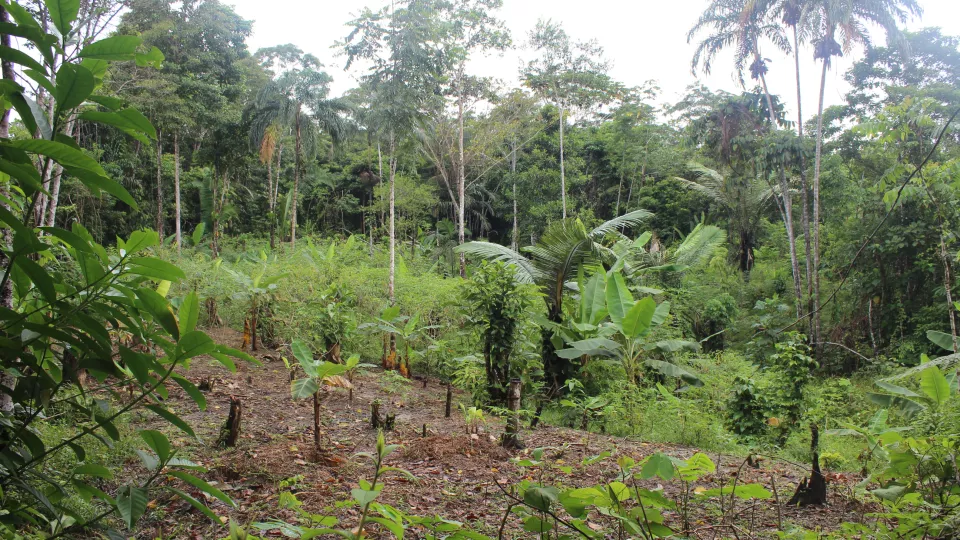Agroforestry practices support agricultural resilience against climatic variability, increase soil productivity, can diversify and increase farmers’ incomes, and support native fauna in agricultural landscapes. However, many farmers are still reluctant to implement agroforestry practices. In a recent study with small-scale farmers working in the northeastern region of the Atlantic Forest, in Brazil, Torsten Krause, researcher at LUCSUS, Lund University and Mauricio Sagastuy at the University of Gothenburg, identified the motivations and limitations to implement agroforestry practices.
The study highlights the four main reasons why farmers work with agroforestry: Higher income generation (89%), diversification of the production system (86%), increase in the land’s quality and productivity (86%), and increase in self-sufficiency (82%).
The study also reveals what the three most common reasons for conventional agriculture farmers to not shift to agroforestry practices were: Uncertainty if the system will work (62%), reduction in yield of the main agricultural crop (43%), and a lack of models and knowledge in the region (41%).
In conclusion, the study show that agroforestry in Brazil’s Atlantic Forest region can help support native fauna, but farmers need to be educated about agroforestry practices and encouraged to switch from conventional agriculture to agroforestry through an increase in available technical assistance and capacitation/training in agroforestry practices.
